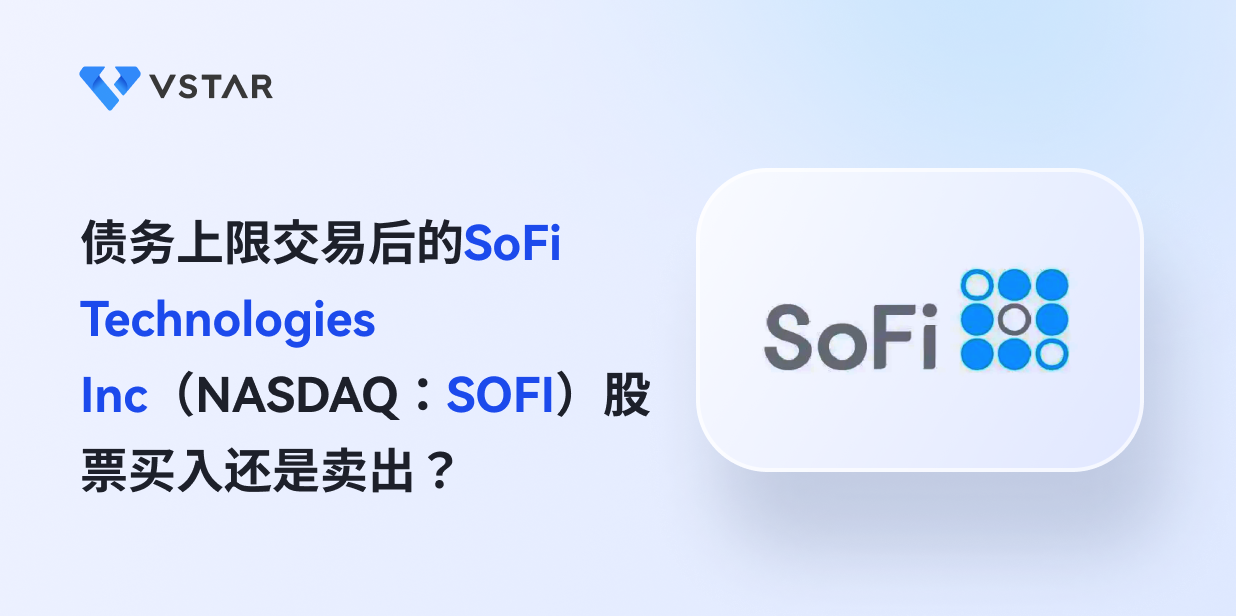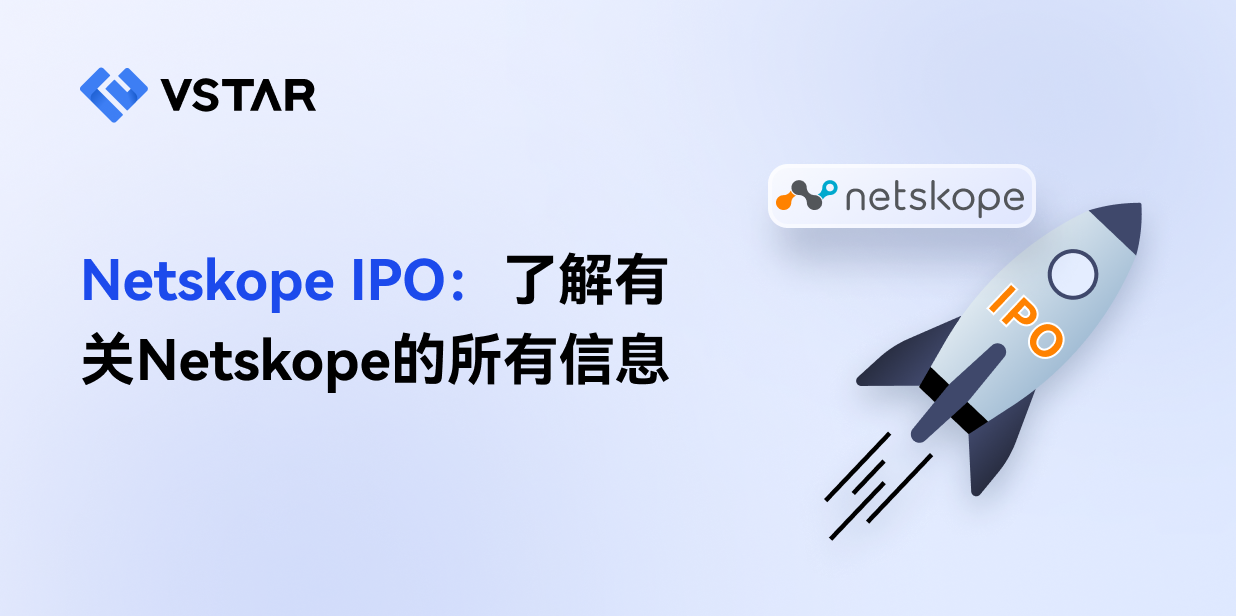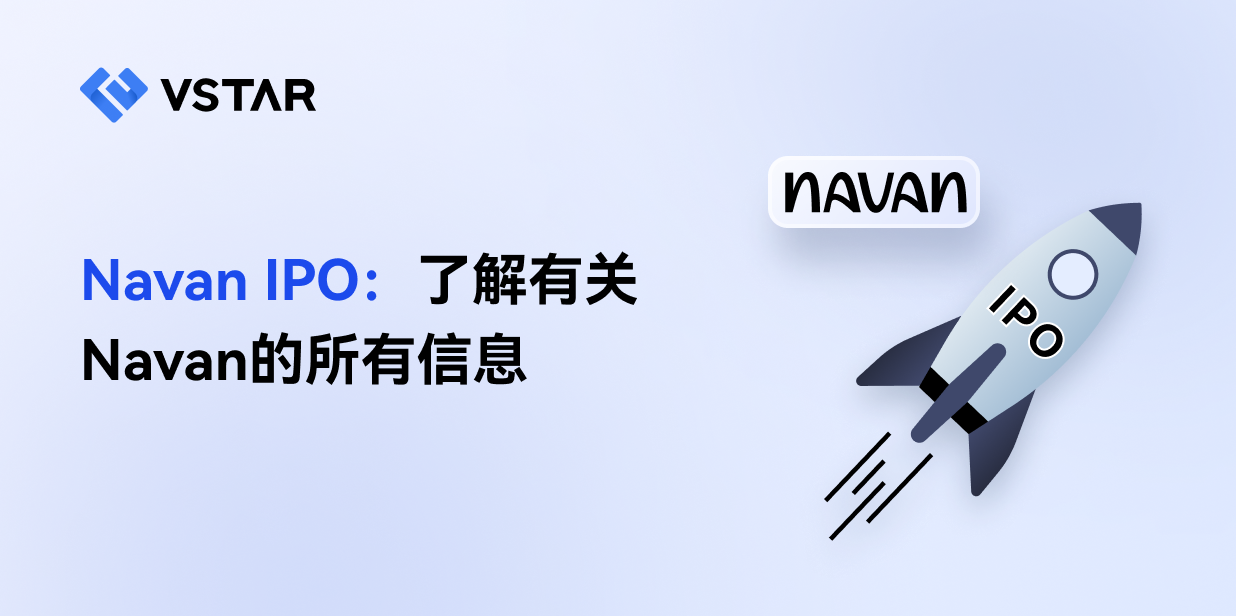SoFi Technologies Inc(NASDAQ:SOFI)股票在美国债务上限协议的推动下飙升。但该股票仍然比其25美元的历史高点低近70%。考虑到这一点,你可能会有以下问题:我应该投资于SOFI股票吗? SoFi股票是一个好的投资吗? SoFi股票价格预测怎么样?
本文将帮助你决定SoFi股票是买入还是卖出。文章讨论了公司的商业模式、财务状况、挑战和机遇。它还研究了债务上限协议对SoFi业务的潜在影响。此外,你将了解SoFi股票价格预测以及作为交易者如何通过SoFi股票快速赚钱。
债务上限交易与SoFi股票有什么关系?
国会在6月批准提高美国的借贷限额。美国盯着历史性的违约,在没有债务上限协议的情况下,该违约被视为在该国和全球造成重大经济灾难。
美国违约可能引发的问题包括失业和利率飙升。在这种情况下,SoFi可能面临艰难的商业环境。例如,利率急剧上升可能会显著推高公司的融资成本并压缩其利润率。债务上限协议为SoFi避免了这些问题和更多问题。
作为债务上限协议的一部分,白宫必须在9月结束学生贷款偿还的长期暂停。自2020年3月以来,政府已暂停偿还联邦学生贷款,作为其Covid-19大流行应对措施的一部分。但暂停对SoFi的业务造成了打击,迫使该公司起诉政府以推翻暂停。
由于政府暂停还款和应计利息,对SoFi学生贷款再融资服务的需求减少。随着联邦学生贷款偿还的归还,SoFi可能会看到对其信贷服务的需求增加。这是许多投资者在债务上限协议达成后急于购买SoFi股票的部分原因。
SoFi Technologies(NASDAQ:SOFI)股票概览
SoFiTechnologies提供数字金融服务。该公司开始提供学生贷款,但其业务已扩展到包括其他信贷产品以及储蓄和投资服务。
SoFi成立于2011年,总部位于加利福尼亚州旧金山。SoFi创始人Mike Cagney、James Finnigan、Dan Macklin和Ian Brady齐心协力提供廉价教育贷款。
SoFi CEO Anthony Noto之前是Twitter的高级管理人员,与Square的CEO Jack Dorsey共事。SoFi是为数不多的拥有银行牌照的金融科技提供商之一,允许他们吸收客户存款。SoFi Technologies于2021年6月通过SPAC方式上市。亿万富翁风险资本家Chamath Palihapitiya率先进行了SoFi SPACIPO。
SoFi Technologies的商业模式和产品
商业模式
SoFi Technologies(NASDAQ:SOFI)提供贷款、投资、储蓄和预算服务。SoFi是如何赚钱的?该公司有多个收入来源。它的主要收入来源是贷款利息。该公司的贷款部门包括学生贷款、住房贷款和个人贷款。
SoFi的其他收入来源是投资服务费和与其支付卡相关的交易费。此外,该公司还从其客户存款中赚取利息,并从合作伙伴(例如保险公司)处获得推荐付款。
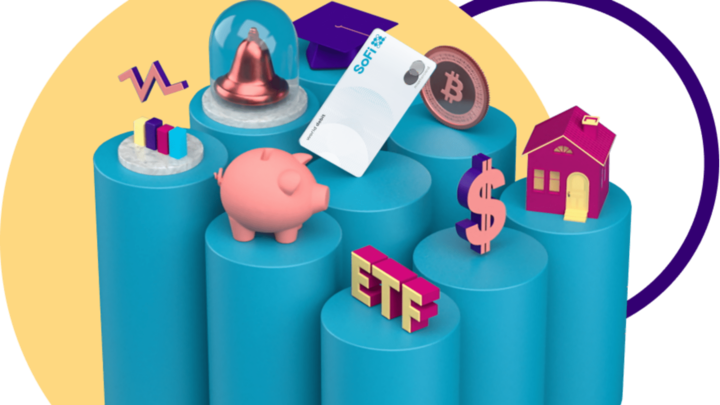
来源:SoFi
主要产品和服务
SoFi Technologies将自己定位为在线个人金融服务的一站式商店。该公司经营多个服务部门以满足其不断扩大的客户群的需求。这些是SoFi的主要产品和服务:
- 贷款:SoFi提供私人学生贷款、个人贷款和抵押贷款。它还在这些信贷领域提供再融资服务。该公司为其贷款服务提倡免费、低利率和快速融资。
- 投资:SoFi支持投资股票、ETF和加密货币。你只需5美元即可开始使用SoFiInvest平台进行投资。该平台还支持通过传统IRA和Roth IRA等选项进行退休投资。
- 银行业务:SoFi提供带有相关借记卡的支票和储蓄账户产品。公司对客户的支票和储蓄余额支付利息。此外,客户在使用SoFi借记卡付款时可以获得现金返还奖励。
- 保险:SoFi通过其SoFiProtect平台提供房主保险、汽车保险和人寿保险产品。它与Lemonade等保险公司合作提供这些保险产品。
- 预算工具:SoFiInsights提供预算工具并允许跟踪支出。该平台还支持信用评分检查并提醒你信用状况的变化。
SoFi Technologies(NASDAQ:SOFI)称其客户为会员。该公司在其服务部门吸引了超过560万名会员。下图显示了过去几年SoFi会员数量的增长情况。
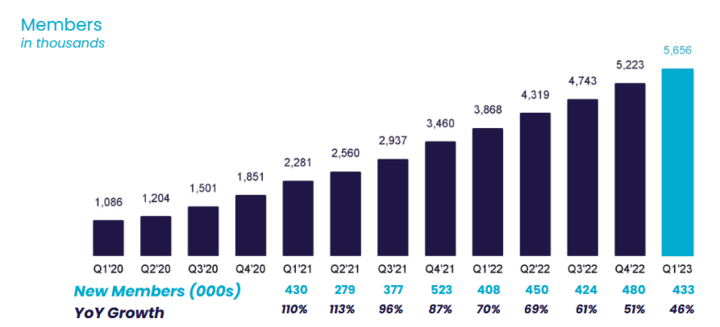
来源:SoFi
SoFi的财务表现
查看SoFi的财务状况可以帮助你确定该公司是否有前途。让我们探索SoFi的财务业绩和资产负债表状况,看看公司的处境:
收入
SoFi 2023年第一季度收入同比增长46%至4.638亿美元。该公司预计2023年第二季度收入增长高达35%至4.8亿美元。预计SoFi的收入将增长约30%至近20亿美元-2023年。2022年公司收入增长55%。SoFi的收入在过去5年中以近40%的复合年增长率增长。
下图显示了SoFi的年度收入趋势。
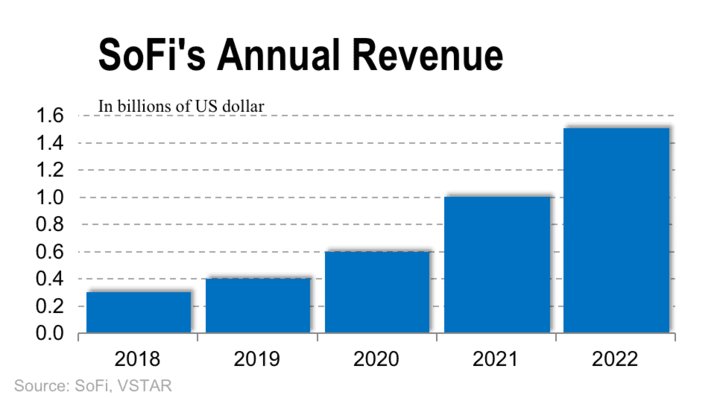
净利
SoFi尚未扭亏为盈,但亏损正在缩小。该公司报告称,2023年第一季度亏损3400万美元,较2022年第一季度超过1.1亿美元的亏损收窄。同样,该公司2022年全年亏损3.2亿美元,较2021年的4.84亿美元亏损大幅收窄。SoFi目标是在2023年实现季度盈利。
利润率
SoFi在2023年第一季度实现了82%的毛利率,较2022年第一季度的78%的毛利率有所改善。公司2022年全年的毛利率从2021年的74%跃升至80%以上。SoFi保持了其如下图所示,过去5年的年毛利率超过67%。
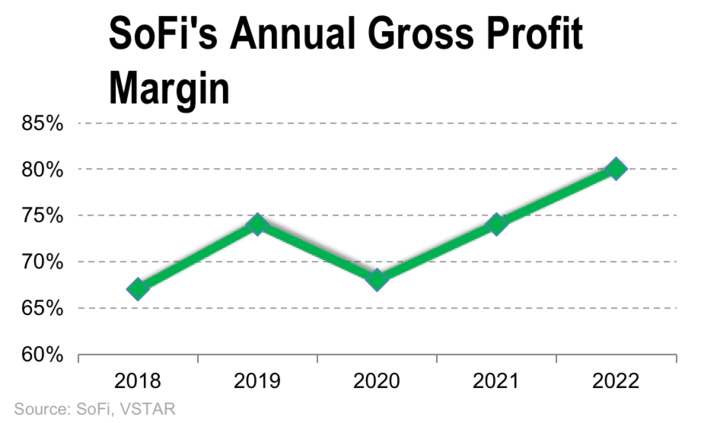
尽管SoFi主要专注于推动收入增长,但盈利能力现在成为关注焦点。从高毛利率来看,严格控制运营费用可以为SoFi开辟一条快速盈利之路。
资产负债表实力
尽管SoFi的业务仍在亏损,但公司的财务状况依然稳定。它拥有充足的现金和稳健的资产负债表。该公司在2023年第一季度结束时拥有25亿美元的现金和短期投资。其资产负债表显示总资产为225亿美元,而总负债仅为170亿美元。
SoFi Technologies(NASDAQ:SOFI)股票分析
SoFi股票交易信息
SoFi股票在纳斯达克交易所上市。该股票以“SOFI”股票代码交易。
SoFi Technologies(NASDAQ:SOFI)股票的正常交易时间为美国东部时间工作日上午9点30分至下午4点结束。希望有更多时间交易SoFi股票的投资者可以利用延长的交易时间。SoFi股票的盘前交易从早上6点30分开始,股票的盘后交易一直持续到晚上8点
自IPO以来,SoFi没有进行过任何股票拆分,公司目前也没有支付股息。
SoFi Technologies(NASDAQ:SOFI)股票表现
SoFi股票以10美元的SPACIPO价格上市。该股在2021年2月飙升至25美元的历史新高。尽管SoFi股价已从峰值大幅回落,但最近一直在攀升。
SoFi股价在过去一个月里上涨了40%以上,今年迄今飙升了70%以上。如下图所示,SoFi股票的涨幅盖过了Square(SQ)股票和标准普尔500指数的涨幅。
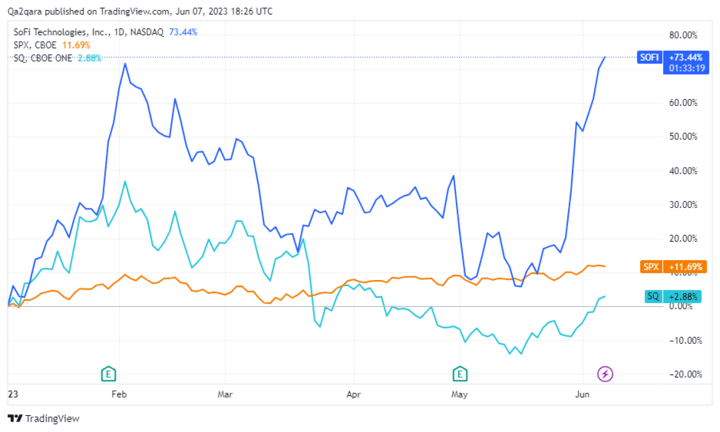
SoFi股价预测
SoFi股票在美国债务上限协议的支持下迅速飙升,你可能想知道该股是会继续上涨还是回落。在最近的反弹之后,SOFI的股价已经超过了华尔街7美元的平均目标价。但该股10美元的最高目标价意味着上涨近30%。
以下是SoFi股价的一些主要驱动因素:
- 财务业绩:由于SoFi的大部分重点都放在推动营收增长上,因此当公司报告强劲的收入增长时,SoFi的股票趋势会上涨,而当收入增长令人失望时,股价会下跌。随着投资者开始渴望盈利,SoFi的盈利能力也可能在未来影响收入增长的同时影响股票。
- 利率变化:利率上升可能会增加SoFi的借贷成本并减缓其扩张计划。因此,该公司可能会经历缓慢的收入增长并陷入更深的亏损,这可能会降低投资者对SoFi股票的兴趣。
- 行业趋势:加速向数字金融服务的转变可以吸引更多投资者投资SoFi等金融科技股。相反,金融科技产品的采用放缓可能会损害人们对SoFi股票的兴趣。
- 公司新闻:SoFi股票往往会因收购和产品发布公告而上涨。该公司向新市场的扩张也刺激了投资者转移股票。
SoFi的挑战与机遇
对于SoFi Technologies(NASDAQ:SOFI)而言,金融科技行业的成功需要应对挑战并利用机遇。让我们探讨SoFi面临的挑战和公司可用的机会。
SoFi的风险与挑战
- 法规:金融部门受到严格监管。监管措施的增加可能会增加SoFi的合规成本,并减缓其增长和扩张计划。
- 技术失败:SoFi依赖第三方技术服务来运行其许多业务。例如,它的一些工作负载运行在亚马逊的云平台上。SoFi无法控制这些第三方技术服务,但它们的失败可能会导致其运营中断。
- 利率波动:SoFi以丰厚的存款收益率吸引客户使用其银行账户产品。因此,低利率会使账户产品的吸引力降低,这可能导致SoFi无法为其贷款服务获得廉价资金。
- 竞争:由于进入金融科技行业的门槛低,竞争是SoFi面临的最大威胁。以下是SoFi的一些主要竞争对手及其构成的威胁:
|
SoFi竞争对手 |
威胁 |
|
暴发户(NASDAQ:UPST) |
SoFi的个人贷款业务面临来自Upstart的激烈竞争。 |
|
美国运通(NYSE:AXP) |
SoFi与美国运通和其他大银行争夺支票和储蓄账户客户。 |
|
方块(NYSE:SQ) |
Square的Cash App平台在提供投资和储蓄服务方面与SoFi竞争。 |
|
PNC金融服务(NYSE:PNC) |
SoFi的学生贷款业务面临来自PNC Financial Services的激烈竞争。Ascent和College Ave以及SoFi在该领域的其他竞争对手。 |
SoFi的竞争优势
- 稳健的财务状况:公司拥有充裕的现金和较低的债务,这使其在努力增加市场份额的过程中具有极大的财务灵活性。
- 银行牌照:虽然SoFi的许多竞争对手都依赖外部银行合作伙伴,但该公司拥有自己的银行业务。SoFi经营著自己的银行,吸收客户存款,为其信贷业务提供廉价的资金来源。
- 多元化业务:由于SoFi提供多元化的金融科技服务,因此分散了风险。例如,如果公司的贷款部门表现不佳,它可以依靠其投资、储蓄和保险业务来弥补该部门的弱点。
- 优质客户:SoFi的借贷服务定位于高信用评分和高家庭收入的客户。这种客户人口构成的贷款违约风险很低。
SoFi Technologies的机会
- 助学贷款:在上大学成本不断上升的情况下,SoFi在提供助学贷款方面存在巨大商机。随着联邦学生贷款偿还暂停的结束,SoFi教育贷款再融资业务的一个主要障碍即将消失。
- 投资:越来越多的年轻人转向投资应用程序。因此,SoFi在投资领域拥有巨大的增长机会。该公司提供手动和自动投资选项。
- 银行业务:对于大多数金融科技提供商来说,经营银行仍然是一个很大的障碍。SoFi拥有自己的银行牌照,在提供网上银行服务方面处于领先地位。考虑到美国人通常使用多家银行,SoFi在这个领域有很大的增长空间。
- 向上销售会员:随着其服务组合的扩展,SoFi有机会引导其会员使用更多服务。通过向上销售其会员,SoFi可以提高其平台的粘性并降低获客成本。
SoFi估计其在金融科技服务领域的市场机会为2万亿美元。
如何从SoFi股票中获利
盈利策略
- 长期投资:从SoFiTechnologies股票中获利的传统方法是购买公司股票。通过这种策略,你可以获得投票权并有资格获得潜在的股息。但你可能需要等待数月或数年才能获得预期的投资回报。此外,长期投资策略需要大量启动资金。
- 短期交易:由于股票在一天或一周内的涨跌幅度超过一年的平均涨跌幅度。交易股票差价合约而不是持有股票是从短期股票走势中获利的明智方法。通过差价合约交易,你所要做的就是预测股票走势。因此,差价合约交易需要最少的启动资金。
SoFi股票差价合约交易策略
- 制定交易计划:决定你是要在一个小时、一天、一周还是几个月内持有你的SoFi股票CFD交易头寸。
- 设定切合实际的目标:确定你的利润目标并使用限价和止损订单功能来管理你的风险。
- 谨慎交易:市场可能会让你大吃一惊。它有助于避免情绪驱动的行为和过度交易。
使用VSTAR交易SoFi股票差价合约
如果你更喜欢追求短期利润而不是长期敞口,请考虑使用VSTAR交易SoFi股票CFD。VSTAR是一个完全许可和监管的CFD交易平台,提供低交易费用和低点差以最大化你的利润。
该平台的启动资金要求很低,仅为50美元,并提供大量杠杆来促进你的交易。此外,VSTAR支持超快交易执行。
你可以在几分钟内开始在VSTAR上交易SoFi股票差价合约。只需几个步骤即可开始:
- 开设VSTAR差价合约交易账户–你需要一个电子邮件地址或手机号码。
- 为账户注资——VSTAR支持流行的存款方式,包括数字钱包、信用卡和银行转账。
- 开始交易——一旦你的VSTAR账户获得批准并入金,你就可以在移动应用程序或网站上开始交易SoFi股票差价合约。
除了为解决交易者可能遇到的问题提供24/7人工支持外,VSTAR还提供最高100,000美元的免费模拟账户,供新交易者练习其策略。
最后的想法
SoFi Technologies(NASDAQ:SOFI)的股价在债务上限协议的支持下从低点飙升。但该股距离创下历史新高还有很长的路要走。
虽然华尔街的SoFi股票预测暗示温和上涨,但考虑到其不断改善的基本面,该股可能会令投资者感到意外。例如,SoFi Technologies在经历了一系列亏损后,可能最终会在2023年扭亏为盈。暂停支付联邦学生贷款的结束也预示著SoFi的教育贷款业务。
常见问题
1. 谁是SoFi最大的股东?
SoFi最大的个人股东是首席执行官 Anthony Noto,他拥有 SoFi 约 1.7% 的股票。 主要机构股东包括软银和 Silver Lake Partners。
2. SoFi Technologies 是买入、卖出还是持有?
基于分析师对 SoFi 增长前景的乐观预期,共识建议是“适度买入”。
3. SoFi是一家值得购买的公司吗?
鉴于其在数字金融领域的颠覆性商业模式和增长机会,SoFi 具有一定的上升潜力,但作为一家相对较新的上市公司,在竞争格局中也面临着风险。
4. SoFi 股票的合理价格是多少?
分析师目前的平均目标价约为 8 美元,较当前 7 美元左右的水平上涨 15-20%。 然而,目标范围广泛,从每股 6 美元到 11 美元不等。
*免责声明:本文内容仅供学习,不代表VSTAR官方立场,也不能作为投资建议。







